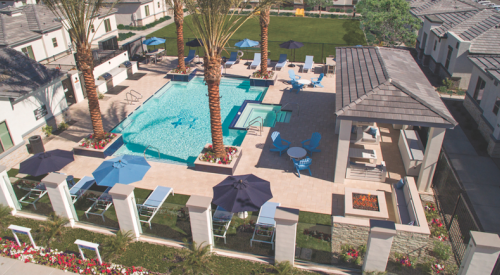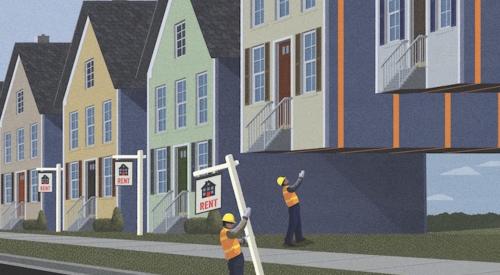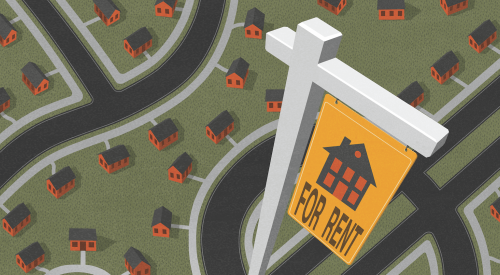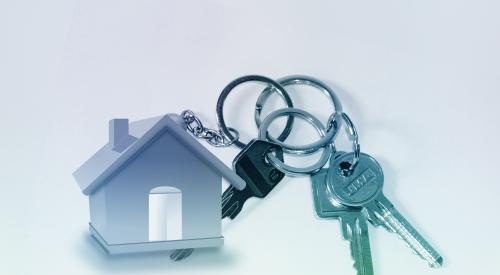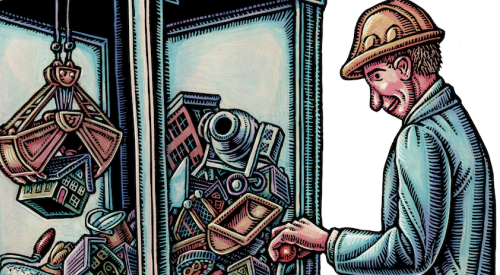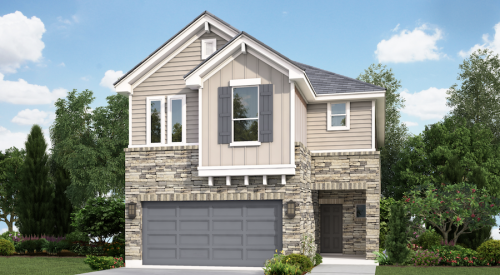Builder confidence recently dropped to a more than three-year low at the end of 2018, but the growing build-to-rent market is offering some promise.
Rental companies are investing in more properties, betting that demand will be greater for renters than buyers grappling with rising interest rates and continued tight affordability. AHV Communities, BB Living, and NexMetro Communities are the rental builders "credited by many in the industry with pioneering the hybrid home-apartment model," are breaking ground on projects this year valued at a combined $300 million. Traditional home builders are also getting in on the market by selling product to rental companies, CoreVest American Finance Lender COO Ryan McBride tells Bloomberg. John Burns Real Estate Consulting director of research Rick Palacios adds, “It helps that there’s a ton of demand. It’s hard to find a build-to-rent community that does not do fantastic.”
Todd Wood sold his commercial-baking business for $120 million and weighed plans to get into real estate -- then decided that most existing business models were the equivalent of residential white bread. Eventually, he hit on an appealing recipe. Instead of building homes for suburban buyers or apartment renters, he would develop communities with elements of both: detached rental homes with small footprints and high-end amenities, aimed at downsizing baby boomers and student-debt laden millennials.
Christopher Todd Communities LLC, his new company, built more than 450 homes in the Phoenix metropolitan area last year. It also signed a $100 million debt commitment with alternative-investment manager Varde Partners in what Wood describes as an initial step to taking the company national. “We want to be the largest branded single-family developer in the country,” he said. “In 10 or 15 years, we would love to have 300,000 or 400,000 homes.”

